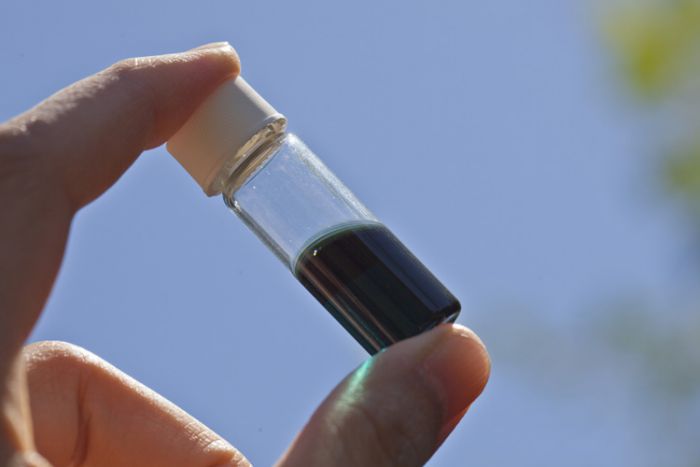Controlling spin as important in PV as politics
 Researchers from across both sides of the pond have found that by controlling the electron’s ‘spin’ in an organic photovoltaic cell they can dramatically improve the efficiency of the cell. The scientists at the University of Cambridge in Great Britain and the University of Washington in the U.S. have tested and developed a new polymer that could boost the efficiency of organic PV by controlling the spin of electrons.
Researchers from across both sides of the pond have found that by controlling the electron’s ‘spin’ in an organic photovoltaic cell they can dramatically improve the efficiency of the cell. The scientists at the University of Cambridge in Great Britain and the University of Washington in the U.S. have tested and developed a new polymer that could boost the efficiency of organic PV by controlling the spin of electrons.
The polymer, which consists of carbon, hydrogen, sulfur and nitrogen atoms, was developed in Washington and tested at Cambridge. Cambridge researchers probed the polymer with lasers where they found the polymer appeared to “improve efficiency by wringing electrical current from pathways that, in other materials, cause a loss of electrical charge,” the University of Washington said.
“In most cases you are generating charge but you have to out-compete all the areas of loss that keep you from delivering the electricity from the cell to the device you are trying to power,” explained Cody Schlenker, a postdoctoral researcher in the laboratory of David Ginger, a UW chemistry professor and co-author of the report which appeared in the journal Nature. The lead author of the research is Dr. Akshay Rao, a Research Fellow at the Cavendish Laboratory and Corpus Christi College, Cambridge.
The polymer arranges electron 'spin' in a specific way to block the recombination process wherein electrons loose their energy and revert to an empty hole state, according to Cambridge. By reducing recombination the researchers were able to increase the current coming from the cells.
"This discovery is very exciting, as we can now harness spin physics to improve solar cells, something we had previously not thought possible. We should see new materials and solar cells that make use of this very soon" said Dr. Akshay Rao, a Research Fellow at the Cavendish Laboratory and Corpus Christi College, Cambridge, who lead the study with colleagues Philip Chow and Dr. Simon Gélinas.
“These materials can be printed like newspaper and manufactured into rolls of film like plastic wrap, so they could have a significant manufacturing cost advantage over traditional materials like silicon,” Ginger said.
The University of Washington researchers had tested the material, but Cambridge had more sensitive equipment, according to Ginger. There they used photo-induced absorption spectroscopy to measure color changes in organic PV that allowed them to study how they converted sunlight to electricity.
The researchers also used the test to show where there were “dead-end” pathways. Such pathways don’t produce electricity. The polymer showed a lack of dead ends and attributed the increased current to controlling the spin.




